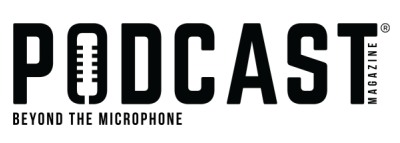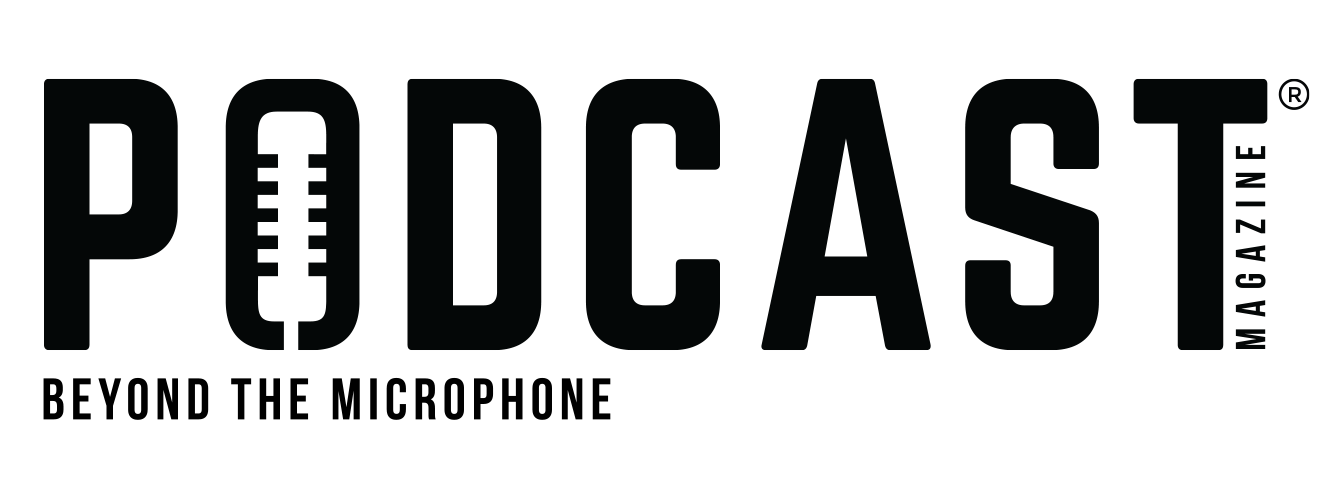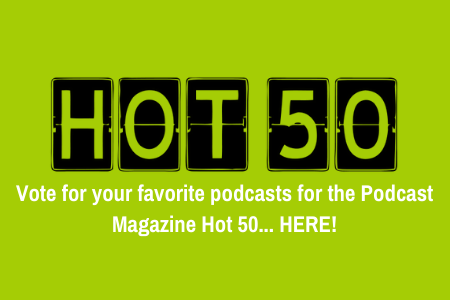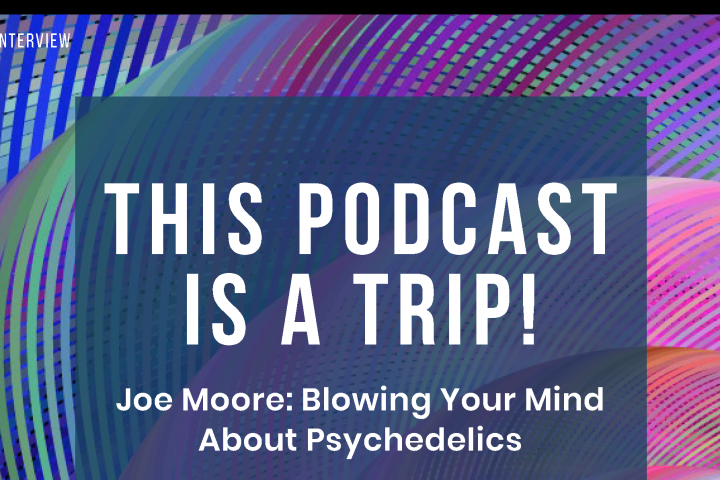Using music in your podcast is unnecessarily tricky. You certainly don’t want to get your episode removed or flagged for copyrighted content, or worse yet, sued.
But why does this problem even exist in today’s day and age?
Because there isn’t yet a foolproof way to make sure the artist(s) who created the music gets paid.
But that doesn’t mean you have to avoid using music. It just means you have to drive over a couple of speed bumps to get there. (And doing so should make you proud. Speed bumps in business aren’t there to keep you from achieving success; they’re there to keep the people who want success less than you from succeeding. Every time you successfully navigate a speed bump, like this copyrighted music one, you leave behind thousands of competitors who couldn’t plow through.)
So, what are our music options?
Digital Sync License
SESAC, BMI, ASCAP, and GMR are all groups that own the rights to large catalogs of popular music. From each, you can purchase a sync license to use any of the songs in their catalog. While there isn’t a blanket license to use any song in the world, with SESAC alone, you have access to 400,000 popular songs to choose from.
Sadly, the parameters by which SESAC determines its license rates were set long before NAPSTER and podcasts. So, the first question is, will you be playing music for more than 234,000 minutes in any six-month period? Since that is a giant “NO” for podcasters, the lowest SESAC sync license rate is $868.00 per year.
When your podcast is generating revenue, this is by far the safest and easiest way to add music to your episodes.
The Anchor + Spotify Connection
Anchor and Spotify have teamed up to create another new avenue for podcast creators to use music. While this method is free, it is pretty narrow and specific as to what you can do with it.
Spotify already has a license to play popular music, and Spotify plays both podcasts and music. Someone in the Anchor/Spotify partnership figured out that a song playing during a podcast is no different than a song playing between podcasts.
Unlike most podcasts though, this program only works for podcasters who talk and play music, separately—music podcasters, for instance. A music podcaster who is willing to play an entire song, without talking over it, as part of their episode doesn’t have to pay any license or royalty fees for listens via Spotify.
While the program is free, episodes do have to be reviewed first before they go live. If you can build in a few days for the review period, the MUSIC + TALK product could work for you.
The Public Domain
The U.S. Constitution grants artists exclusive use of their music for 95 years—meaning, any music recorded prior to 1927 is now free to use as it was originally recorded. While that isn’t going to give you access to Michael Jackson or Adele, there is quite a good catalog from which to choose background music, for sure.
This year alone sees the addition of Al Jolson, Enrique Caruso, John Philip Sousa, and Rachmaninoff. And come this fourth of July, John Philip Sousa’s excellent rendition of the Star-Spangled Banner will be available, too.
Stock Music
Everyone is familiar with sites like Shutterstock, where you can purchase images. But did you know that same thing existed for music?
Services like Soundstripe, Pond5, and AudioJungle offer “stock music” you can use for your podcast. Unlike popular music that gets tracked by SESAC and BMI, these stock music services pay the creators through the membership fees. So instead of getting paid every time their music is streamed, these musicians get paid a set amount for the songs they add to the catalog.
What’s great about “stock music,” or “music beds” as they call it in the music industry, is that the music is tagged and searchable by instrument, genre, and mood, among other ways. It’s the perfect type of service that would be great for dramas or narrative podcasts.
Need a spooky sounding tune? Just search “spooky.”
The bottom line is, your podcast is important.
You absolutely don’t want to risk it all by taking music that is copyright protected, right? Do you have time to really go back and re-edit episodes? Do you have time to deal with getting flagged, or your content removed?
Do it the right way. From the beginning.
May 2022 Issue






